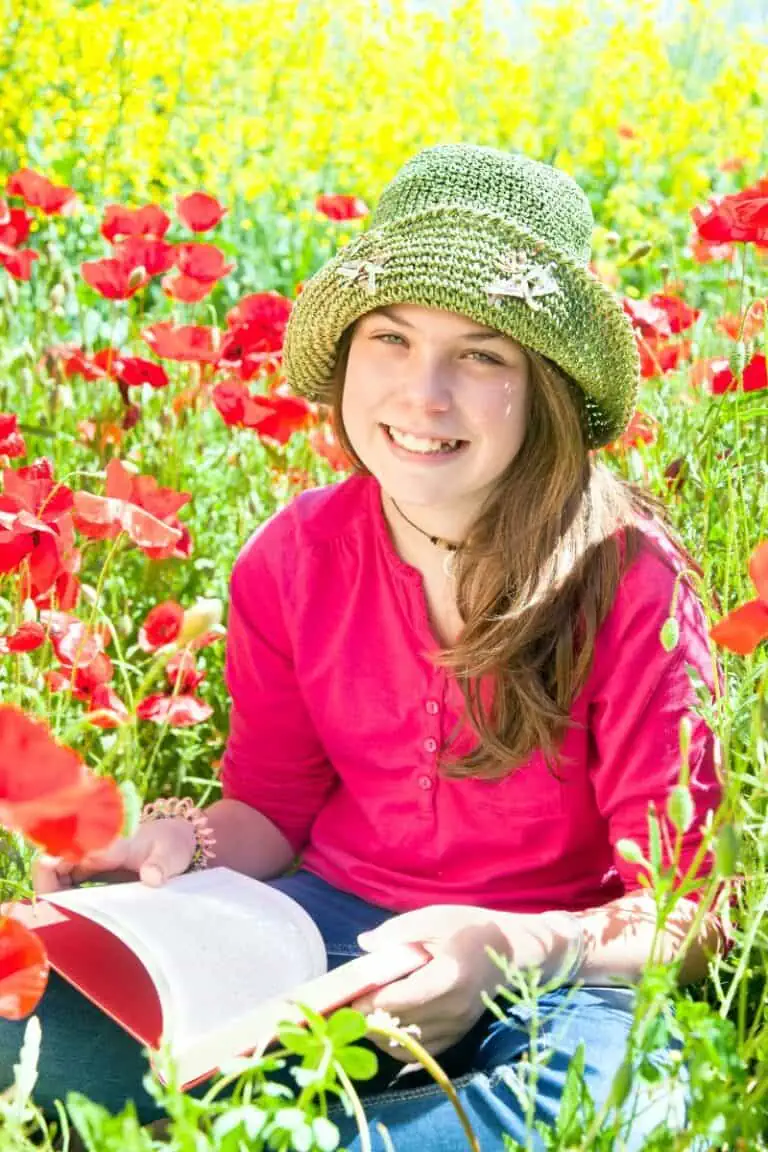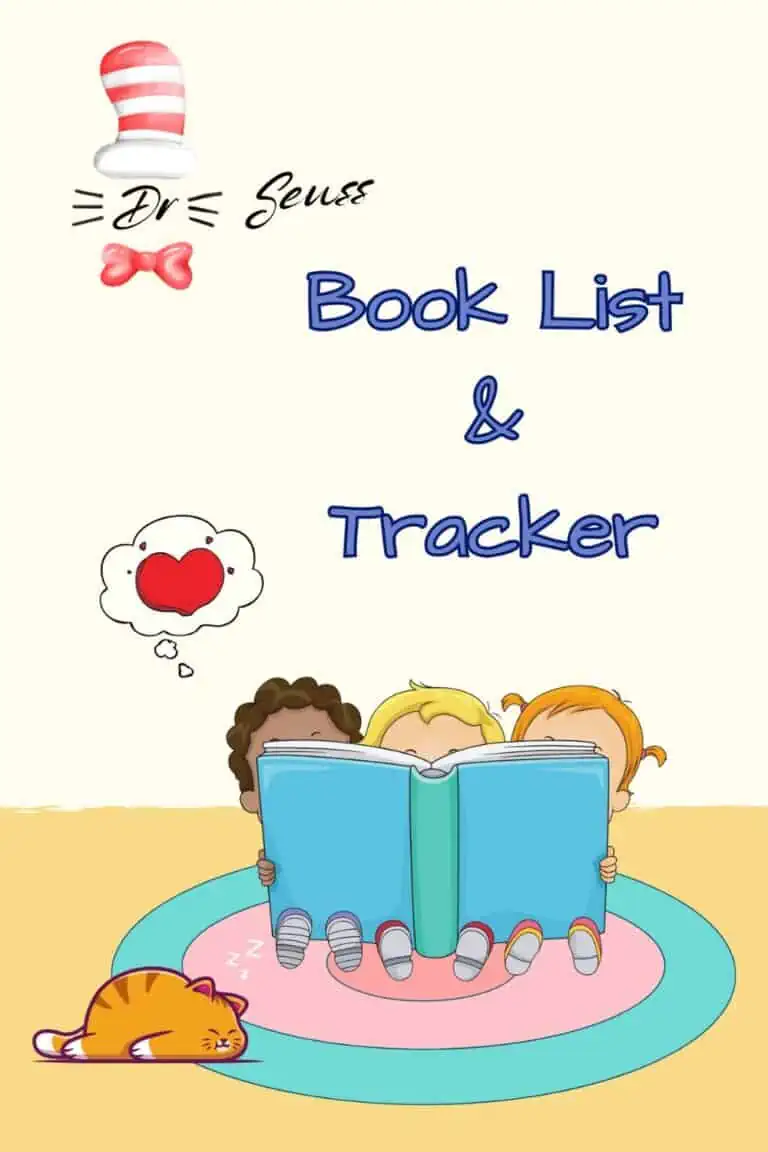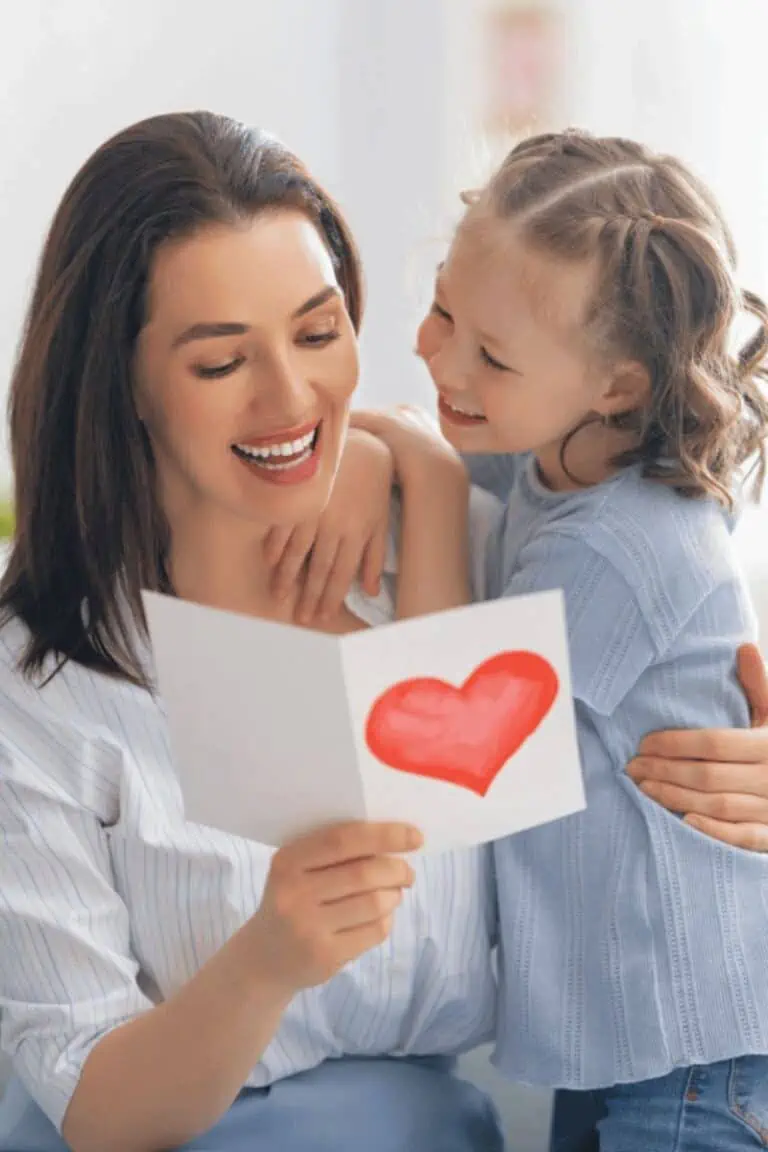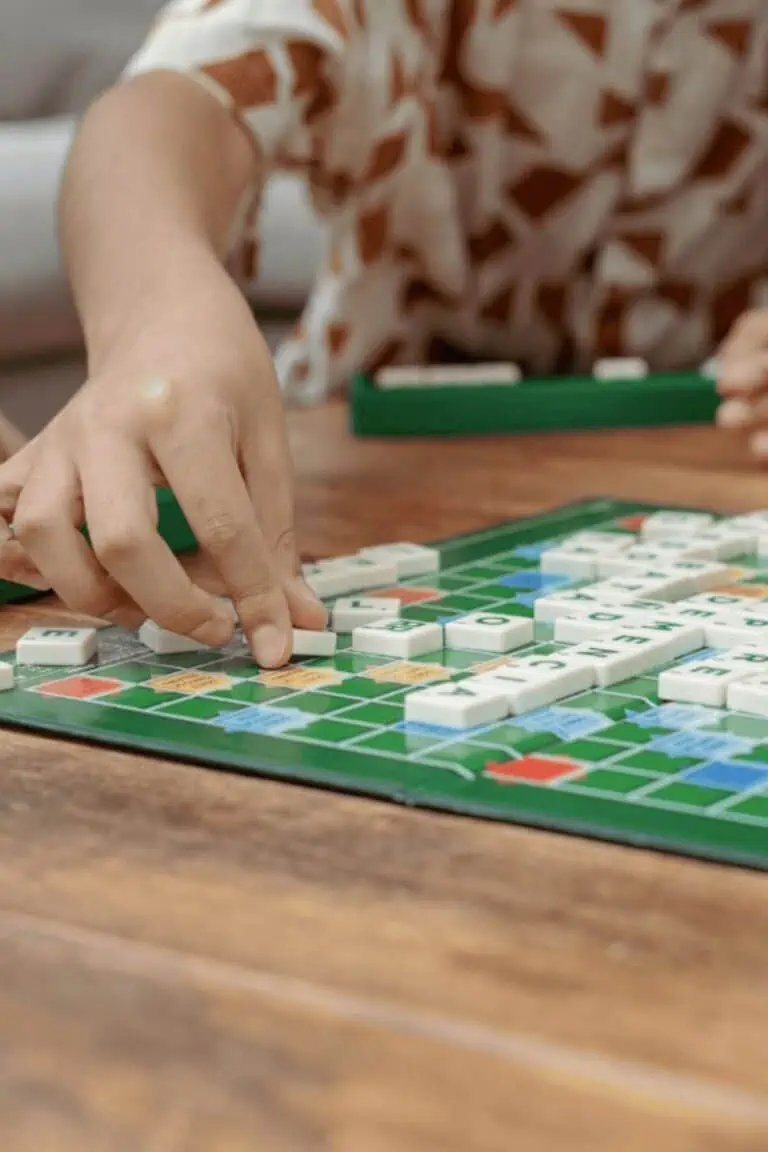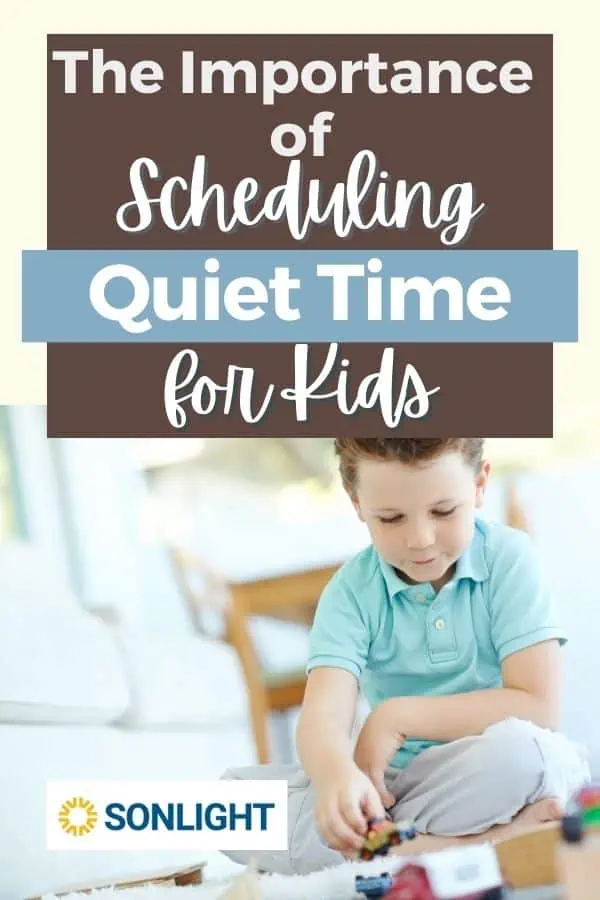What Does Living Books Mean?
Published:
April 14, 2022

Contributor:
Sonlight
Disclosure: This post may contain affiliate links, meaning if you decide to make a purchase via my links, I may earn a commission at no additional cost to you. See my disclosure for more info.
It doesn’t take long in the homeschooling world before you start to notice people using the term living books. Maybe you have felt awkward to ask: “What does living books mean?” Well, if that’s your situation, then we have the run-down for you today. We’ll explain what living books are, what the benefits are from using them in your homeschool, and where to find them.
What Are Living Books?
The concept of living books comes from the Charlotte Mason method of homeschooling, although other methods promote living books too. In a nutshell, living books are those books that have stood the test of time with their literary quality and ability to engage a child’s imagination. Living books are books that kids actually want to read, rather than traditional textbooks, which are used in the school system.
What is Charlotte Mason philosophy?
Charlotte Mason was an educator at the turn of the 20th century in Britain. She proposed educating the whole child with the best books, lively discussions, nature study, inspiring tales, music, art, and poetry. Miss Mason wanted the children under her care to think worthy thoughts based on the great literature they were reading. Their intellectual life would be stimulated by a wide liberal arts education.
You can learn more about applying the Charlotte Mason philosophy and methods into your home school with the book by Karen Andreola entitled A Charlotte Mason Companion-Personal Reflections of the Gentle Art of Learning.
The beauty of implementing the philosophy of British educator Charlotte Mason is that your children will be learning to love books because your homeschool methodology only uses great literature.
The Benefits of Living Books
There are many benefits to using quality books in your homeschool! One excellent reason is that great books help to grow a love of reading that no textbook ever will. Even your reluctant reader will learn to read great books when you can find titles that are written by an author that really loves the topic and presents it in a way to engage a child’s interest. Would you rather read a beautifully illustrated and written book about spiders or a paragraph filled with dry facts in a third grade science textbook?
Living books are those books that you will actually enjoy reading aloud to your children because they are beautiful! There’s nothing worse than reading twaddle as child or an adult. So by using living books in your homeschool, your are actively growing readers. Reading aloud with your children also allows you to connect over literature.
There are multiple benefits of literature-rich learning, including growing empathy and emotional intelligence.
Literature Rich Learning
Literature-rich learning helps your kids learn facts in context. Learning in this way is far superior to just memorizing dry and disconnected names, dates, and places. When you read a historical fiction book, for example, you will likely feel that you know exactly what the character was living through at that point in history because you are engaged in the story. Your kids will remember the story far longer than a simple history fact.
Good Characteristics of a Living Book
Once you see examples of living books and use them with your kids, you’ll be able to be more discerning in the future. Here are some characteristics to look for in the books you choose for your children.
You might be wondering what makes a book living?
The definition of a living book is hard to nail down, but most people would agree that it includes quality literature with a narrative style, sparking a child’s interest and imagination, and written by an author with a passion for the subject. They don’t have to be fiction only. Even your non-fiction books should be written with interesting vocabulary and engaging style that the entire family wouldn’t mind reading it.
The author of a living book is usually an authority on the subject. They clearly have a passion for the topic, which comes across in their writing. The narrative style or story form of living books is what sets them apart from the textbooks used in traditional schooling.
A living book is quality literature that will pique your child’s interest. You will know it’s a living book because your child is drawn in and learns effortlessly just from reading!
What are Living Books examples?
When you’re considering which books to include in your homeschool, here is an example of how you could use quality literature to teach history rather than a history textbook. If you’re studying the Revolutionary War Era, you could find historical fiction about some of the main figures of the time. Then, you could even find books that tell the story of a completely fictional person but with such vividness, details, and character development that your child learns much about life during that time period.
You could have an interesting factual book as your spine to connect all the living books together. But instead of reading a dry history textbook that just regurgitates facts, your children can enjoy rich literature that brings the time period to life.
Your living books library for science could work similarly. You can find a spine, like a wonderfully illustrated science encyclopedia for kids, and then narrow down the science topics as you search for books. If you’re studying birds this year, then find the types of books that are written by birders. Find titles that include amazing illustrations. A wonderful way to distinguish a living book from “twaddle” is that your children won’t have to be asked to read their book. They will want to do it naturally because it’s so exciting!
How to start a living book library
Many homeschool families who value living books want to naturally have a living book library within the four walls of their home. Here are some titles you may want to purchase for your home library.
A Good Living books list
Many curriculum companies that follow a classical or Charlotte Mason philosophy will have book lists separated by reading level. You can request physical catalogs by mail or just search their sites online to find the best living books. Don’t neglect picture books when you’re making your list! Your younger children can enjoy quality books as well.
Here are some picture books recommended by Sonlight for your preschoolers:
- Last Stop on Market Street
- A Big Quiet House
- Usborne Look Inside Your Body
- Horton Hatches the Egg
- The Complete Adventures of Peter Rabbit
- Richard Scarry’s What Do People Do All Day?
You can find Sonlight’s complete picture book list for preschool and use it to add these titles to your home library.
And if you have elementary-aged kids, here are just a few ideas to add to your living books list.
- Charlotte’s Web
- The Aesop for Children
- Tales of Robin Hood
- Henry Huggins
- Homer Price
- Adventures with Waffles
- Caddie Woodlawn
Your teens will enjoy these living books:
- Around the World in 80 Days
- Shadow Spinner
- Greek Myths
- Number the Stars
- God’s Smuggler
Be sure to check out the rest of Sonlight’s collections organized by reading level.
Sonlight offers huge homeschool book lists, including summer readers, picture books, roadschooling, and other book collections.
Where to find free living books
If you’re on a budget or you don’t have the space for a huge living book library, then you can certainly find them for free. With just a library card in hand, you can borrow dozens of books at a time to use in your homeschool. Find a great list of living books from an online catalog or publisher’s site, then see if your local library has those books on hand.
Many times, you can request that your library purchase specific titles. Consider doing this to add to the quality literature at your local public library.
Are you a part of a local homeschool group or co-op? Why not have a book swap each year so you can pass on books your kids have already read and acquire new living books for free? You can have a lot of fun with this idea! Consider a book swap party with the kids. Everyone can wrap their favorite living book in brown Kraft paper and then write a description or the first line of the book on the cover. Choose your favorite books to take home based on that mystery description.
What’s Considered Twaddle?
“Twaddle” is the amazing word that Charlotte Mason uses to describe books that are the opposite of a living book. If living books were nutritious, delicious food, then twaddle would be junk food. While junk food is okay to eat occasionally, you definitely wouldn’t want your children’s whole diet to be filled with junk. In the same way, your kids might read a book that doesn’t qualify as a living book. And that’s okay! But you want to steer them away from an all-consuming twaddle-filled reading experience.
Sadly, many book lists from the public school are filled with twaddle. We can do so much better as homeschoolers!
The Connection Between Reading and Good Writing
Finally, there’s a wonderful connection between reading and good writing. When you make reading living books a natural part of your family life, your child’s vocabulary is enriched and they hear good writing modeled before them. They are challenged and delighted with delicious plot lines and interesting characters. When filling their minds with the good, the true, and the beautiful, they are more able to craft good writing themselves.
Using a Literature-Based Curriculum
If you are overwhelmed at the idea of putting together a list of living books that you can use to teach individual subjects, you should explore Sonlight’s curriculum packages. Sonlight offers complete, literature-based Christian homeschool curriculum for PreK-high school.


